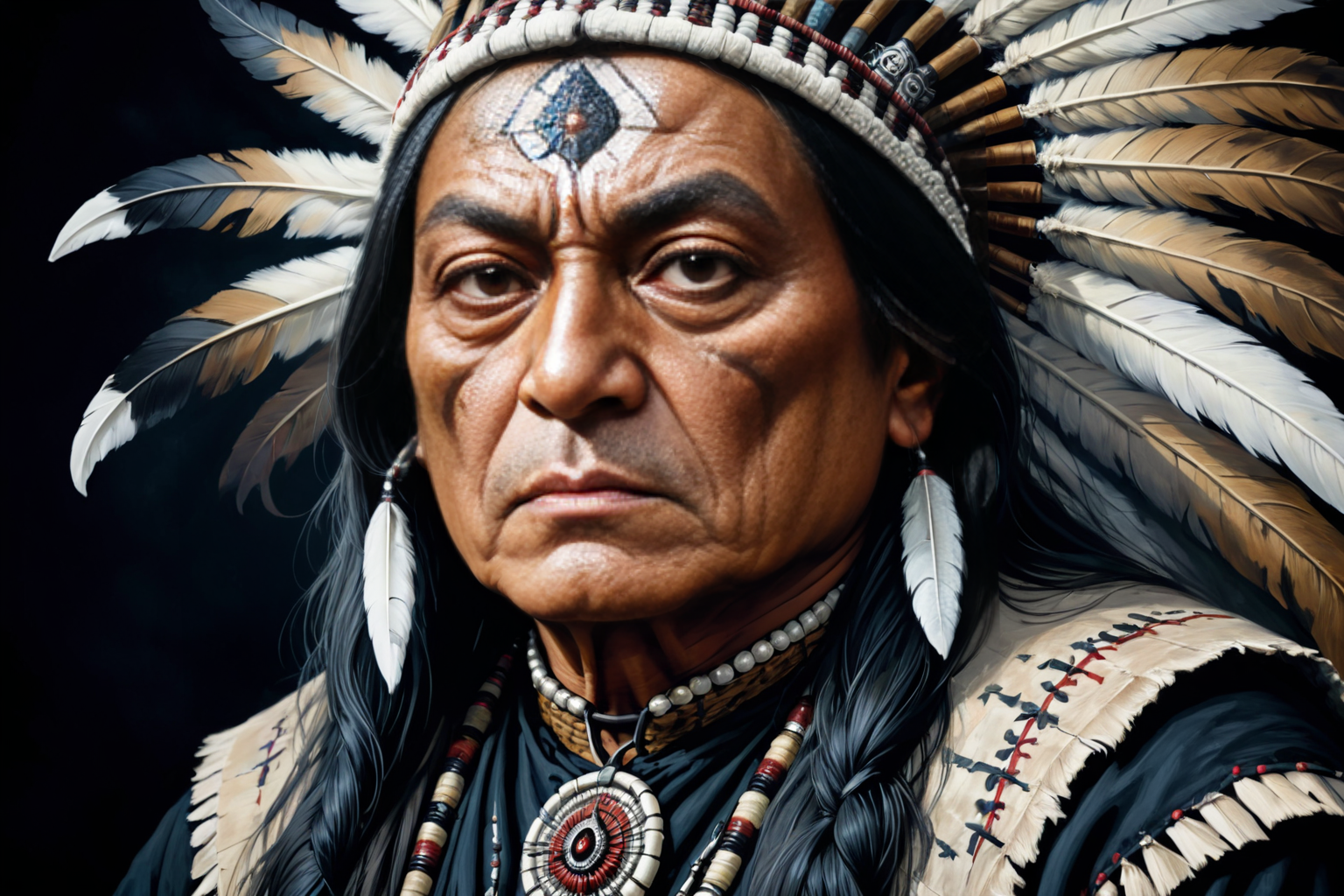
1. Sitting Bull was a prominent Native American leader who played a significant role in the resistance against the encroachment of European settlers on Native lands. He is best known for his leadership during the Battle of Little Bighorn in 1876, where he led a coalition of tribes to victory over General George Custer and his army.
2. Born in 1831 near present-day Grand River, South Dakota, Sitting Bull was a member of the Teton Dakota (Lakota) Sioux tribe. He gained his nickname “Sitting Bull” due to his habit of sitting with his legs crossed while thinking deeply about important matters.
3. In addition to his military prowess, Sitting Bull was also known for his spirituality and shamanic abilities. He had visions and dreams that guided him throughout his life and helped him make crucial decisions during battles. These visions played a significant role in the victory at Little Bighorn.
4. After the death of Chief Red Cloud in 1909, Sitting Bull became one of the most important spiritual and political leaders among the Sioux tribes. He worked tirelessly to preserve their culture and traditions amidst the pressures of American expansionism.
5. In 1890, Sitting Bull was killed during a confrontation with U.S. Army troops at Standing Rock Reservation in present-day North Dakota. His death marked the end of an era for the Sioux people, but his legacy as a fierce defender of their rights and culture lives on to this day.
Text model: toppy
Image model: StarlightXLAnimated

The Neural Navigator is a creative mind behind the lens of AI-generated images.
The Neural Navigator is always pushing the limits of what’s possible in this exciting new frontier of digital creativity. Whether it’s surreal landscapes, abstract patterns, or striking portraits, each image is a testament to the endless potential of AI-driven art.
Follow The Neural Navigator for a daily dose of innovative and visually stunning AI-generated imagery.


